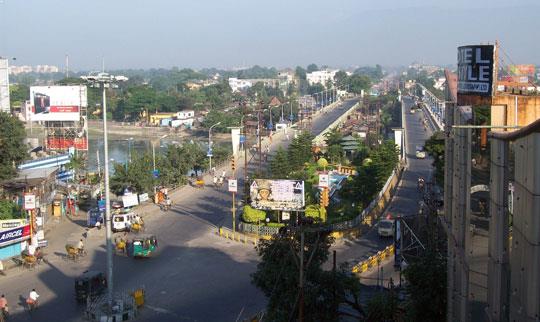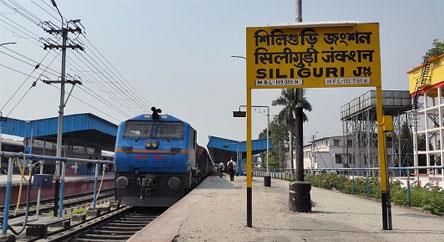History of Siliguri
Originally a small agricultural village, Siliguri means "a heap of small stones or pebbles". Initially, Siliguri was under the supremacy of Sikkim, until it was influenced by the kingdom of Nepal, which resulted in the settlements of Nepali, Kirati, and Lepcha clan into this region.
The treaty of Sagauli signed between Nepal and Britain in 1816 transformed the role of Siliguri to the transit base between the Hilly regions of Darjeeling District and Nepal. Gradually, the status of an agricultural village changed as Siliguri started developing to a small city from 1835 when British had their supremacy over Darjeeling, who then occupied the entire Dooars and Kalimpong by 1865. The significance of the city increased with the introduction of railways by the British in Northeast.
After the independence in 1947 and the partition of Bengal, Siliguri became the strategic destination and the only transit base to connect Northeast India with the rest. The present-day Siliguri stands as one of the prominent regions from its original status as an agricultural village.



